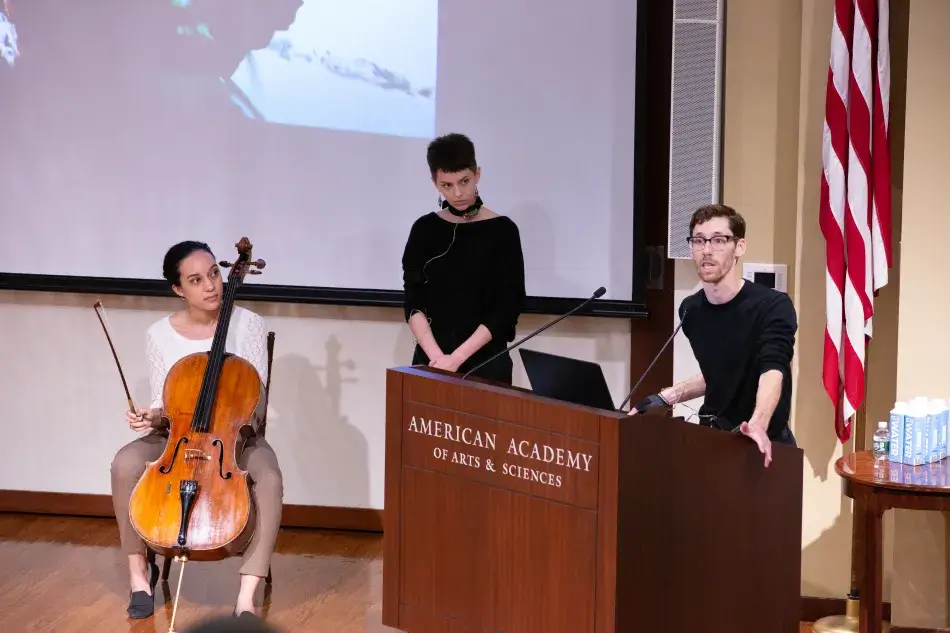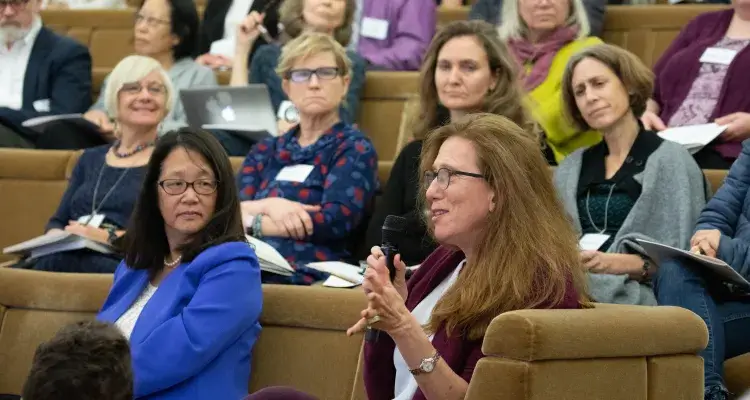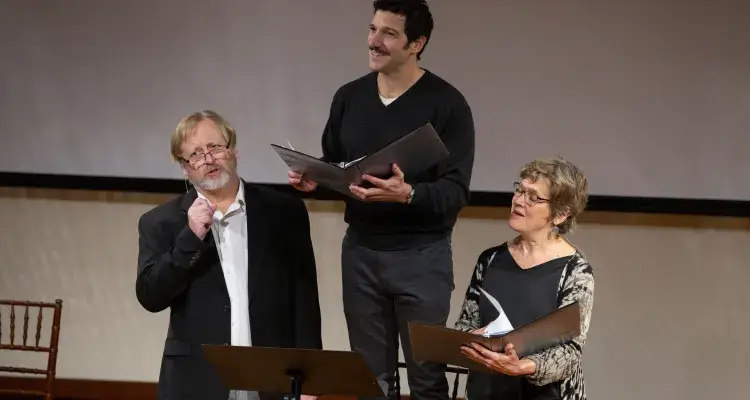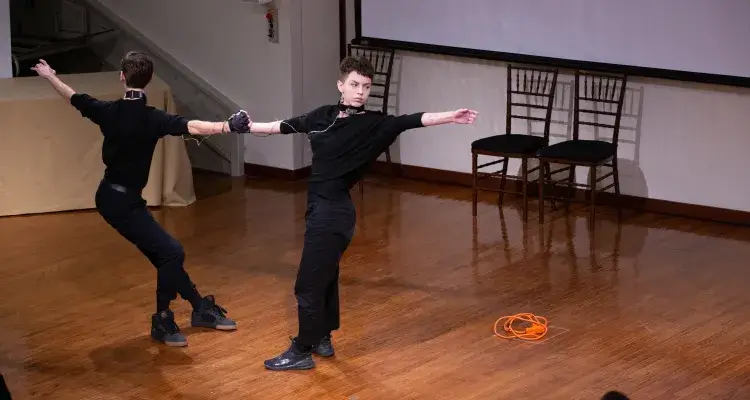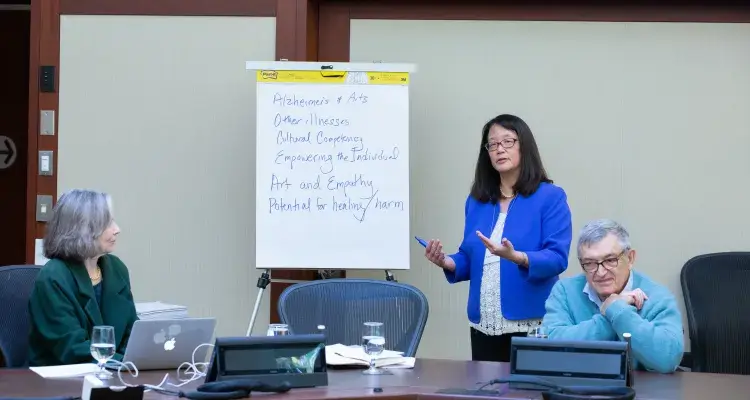As an institution, the American Academy of Arts & Sciences has long been interested in examining the intersections among disciplines and leveraging those connections to promote greater learning in society. The Academy’s Commission on the Arts, while obviously centered on arts and culture, stands in this tradition of cross-disciplinary inquiry.
Recently, the Commission demonstrated this commitment by hosting a daylong symposium in conjunction with the National Academies of Sciences, Engineering, and Medicine. This event drew on the findings and recommendations of the National Academies’ 2018 consensus report The Integration of the Humanities and Arts with Sciences, Engineering, and Medicine in Higher Education: Branches of the Same Tree.
Over the course of the day, a variety of presentations and conversations explored ongoing integration efforts in different institutions. Presenters addressed the philosophical and pedagogical motivations for and implications of prioritizing cross-disciplinary study. Members of the committee responsible for creating the National Academies’ report began the day by presenting on the process of creating the report as well as its findings.
Lynn Pasquerella, the keynote speaker and President of the Association of American Colleges & Universities, spoke of a wider crisis in higher education and an eroding public trust in the integrity and usefulness of a college education. A philosopher by training, Pasquerella invited attendees to consider the dueling demands of life in a rapidly changing modern context: while scientific and technological advances are remaking large elements of society, an understanding of the moral, ethical, aesthetic, and historical aspects of this context is more essential than ever.
This sense of the timeliness of the day’s topic built throughout the symposium, as educators, researchers, and artists presented on their work in reshaping curriculum, researching across traditionally siloed fields, and prioritizing equity and access through innovative projects. Institutions spanning New England were represented at the event, from Harvard Medical School to Worchester Polytechnic Institute to Rhode Island School of Design to the New England Foundation.
The presentations were not limited to traditional mediums. Instead, there was dancing from researcher Ilya Vidrin and his partner, Jessi Stegall, accompanied by cellist Francesca McNeely and a performance from Catalyst Collaborative, a theater collaboration between Massachusetts Institute of Technology and Underground Railway Theater, in addition to other presentations of art throughout the day.
Throughout the symposium, attendees shared their experiences and reactions. The variety of perspectives and institutional contexts represented by the participants and presenters created the conditions for a uniquely wide-ranging set of discussions and knowledge sharing. At the event’s close, attendees were eager to continue their conversations with one another. The day concluded with a deep sense of hope about altering and improving the landscape of higher education to meet the transdisciplinary demands of life in a twenty-first century democracy.
